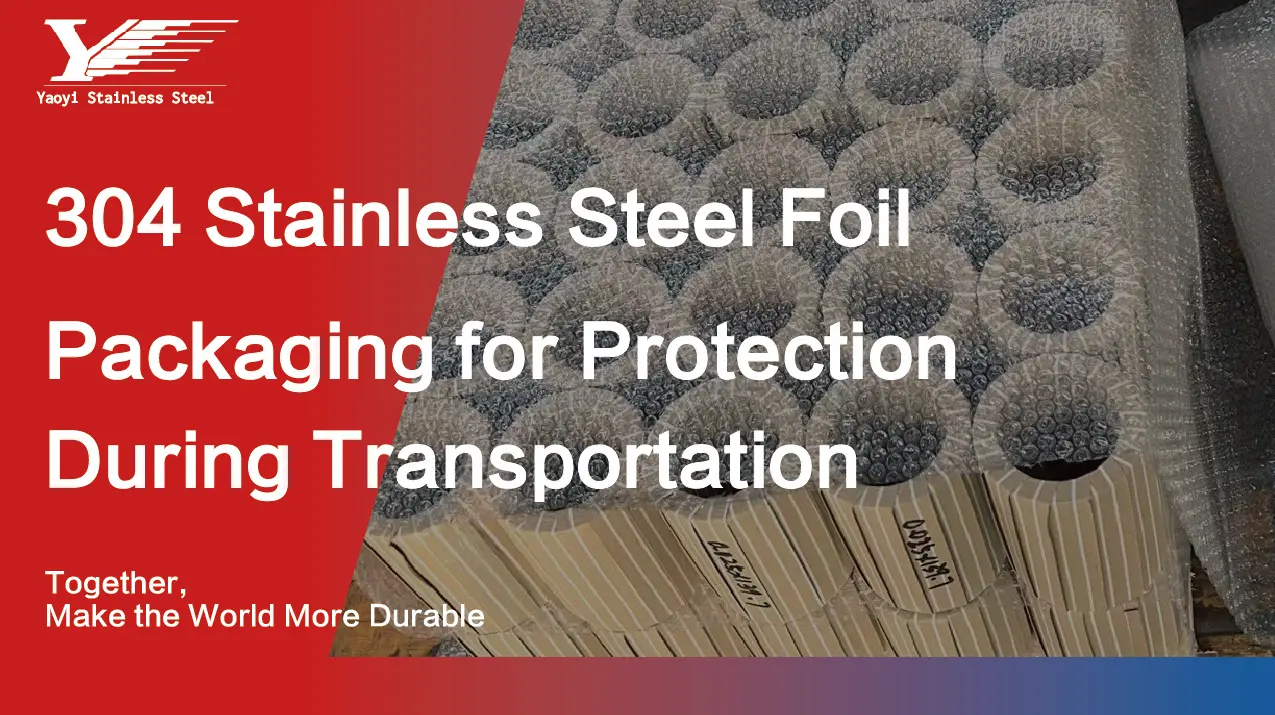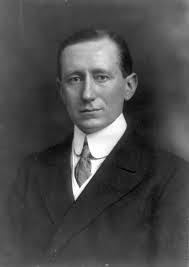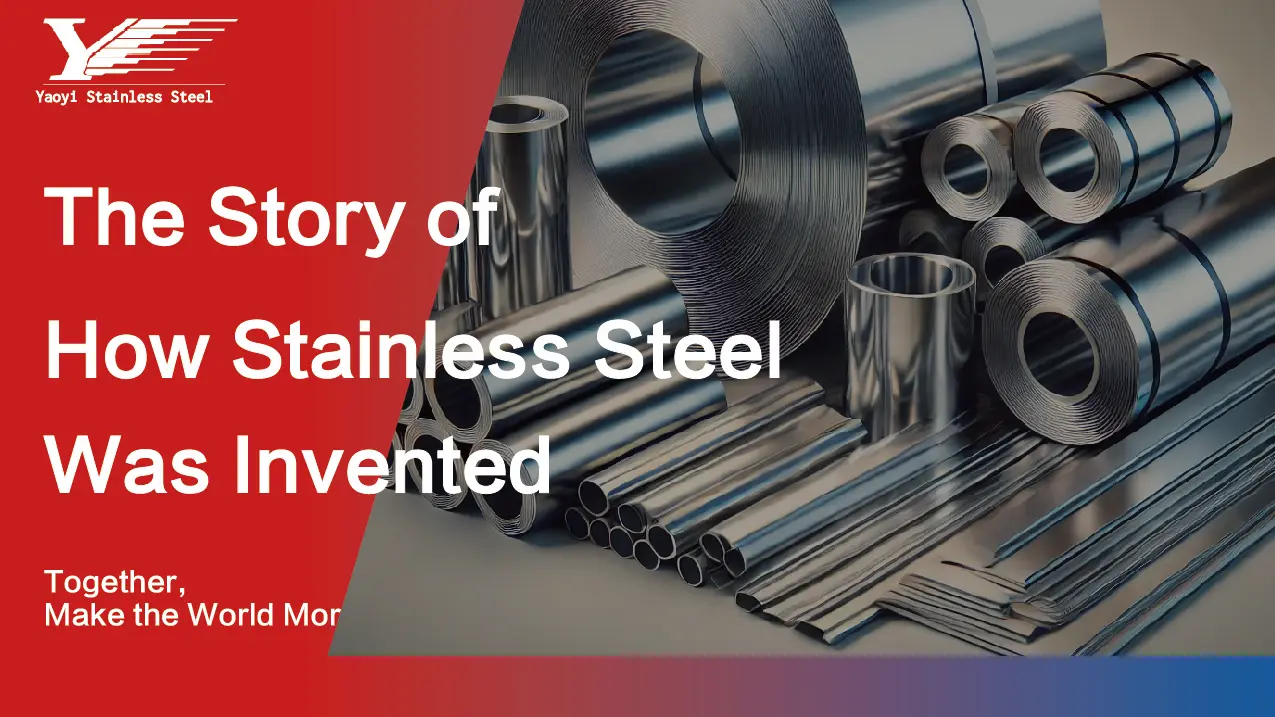
304 Stainless Steel Foil Packaging for Transport Protection
When transporting 304 stainless steel foil, proper packaging is crucial to protect the delicate material from damage, moisture, and external

The invention of aluminum foil has opened new horizons in the world of packaging and insulation. It’s a story rich in innovation, utility, and industrial revolution. Below, we explore five different perspectives on this significant development.
Aluminum foil’s origin dates back to the early 20th century. In 1907, Swiss inventor Dr. Lauber, Neher & Cie initiated the idea. By 1910, the product was produced in mass.
The foil has undergone significant changes since its inception. From the initial heavy rolls to today’s lightweight sheets, the journey has been remarkable.
Initially, it was used in the packaging of Swiss chocolate, which marked the beginning of its wide range of applications.
The first half of the 20th century saw a surge in the use of aluminum foil, especially during the war for food preservation.
From the food industry to electronics, the spread of aluminum foil’s applications was rapid and far-reaching.
With the growing use came environmental concerns. The recyclability of the foil became a major point of discussion.
Modern packaging owes much to aluminum foil. Its versatile nature made it an industry favorite.
The rise in demand led to job creation and growth in the aluminum industry.
Besides packaging, it has been used in scientific experiments, space missions, and other specialized areas.
Today, the foil is a household name, used in cooking, packing, and more. Its future seems promising with ongoing innovations.
The production of aluminum foil involves complex methods, mainly rolling. Let’s delve into the core technologies.
The rolling process involves passing aluminum between large rollers to thin it out.
Annealing is crucial for removing rolling oils and controlling the thickness.
Precision cutting tools are employed to create sheets of desired sizes.
Over time, the machinery evolved, leading to more efficient production.
The initial machines were slow but set the stage for future advancements.
Today’s machines are fast, efficient, and able to produce foil with minimal waste.
Constant monitoring ensures the foil meets specific quality standards.
Various standards govern the quality and safety of the product.
Different tests, such as thickness and strength tests, ensure the product meets the criteria.
Modern technologies aim to make the production process more environmentally friendly.
Recycling plays a vital role in sustainability.
Innovations aim to minimize waste and energy consumption.
The technological innovations behind aluminum foil have shaped its success. Continued advancements promise an even brighter future.
The early 20th century saw aluminum foil become a symbol of modernity.
It played a critical role in preserving food for soldiers during the wars.
Concerns over health effects have led to research and safety measures.
The foil’s use in cooking has transformed culinary practices around the world.
The recyclability and waste issues related to aluminum foil have social implications.
It has found its way into educational settings for practical science lessons.
Artists and hobbyists use the foil for creative pursuits.
The production and sale of aluminum foil contribute to economic development.
From the West to developing countries, the foil’s impact is global.
Social awareness about environmental issues will shape future uses and innovations.
Aluminum foil’s invention boosted the aluminum industry, creating jobs and revenue.
It has become a key product in international trade.
Production costs have fluctuated with innovations and market demands.
Industries like food, pharmaceuticals, and electronics were influenced positively.
The foil became a common household purchase, affecting consumer spending patterns.
Recycling of aluminum foil has created a niche economy.
Governments regulate and tax the production and sale of the product.
The market for aluminum foil is competitive, with many brands vying for dominance.
Challenges like environmental regulations have economic implications.
With continued innovation and global demand, the economic future of aluminum foil seems strong.
The production of aluminum foil has a significant environmental footprint.
Efficient waste management is crucial to minimize the negative impact.
Recycling is central to waste management and environmental sustainability.
Improper disposal can lead to landfill problems.
The production process consumes substantial energy.
Emissions during production can be harmful if not properly managed.
Innovation is leading to more environmentally friendly production methods.
Governments enforce regulations to ensure environmental safety.
Public campaigns educate people about proper disposal and recycling.
International bodies work together to create global standards and practices.
Continued focus on environmental sustainability will guide future practices.
The invention of aluminum foil has had a profound impact on various aspects of our lives. From the technological innovations that made it possible to the social, economic, and environmental implications, this remarkable product continues to shape our world. Its history, intertwined with human progress, is a testament to human ingenuity and the relentless pursuit of convenience and efficiency. With ongoing advancements and responsible stewardship, the legacy of aluminum foil seems destined to shine for generations to come.

When transporting 304 stainless steel foil, proper packaging is crucial to protect the delicate material from damage, moisture, and external

The invention of stainless steel, often hailed as one of the most significant breakthroughs in metallurgy, was attributed to Harry